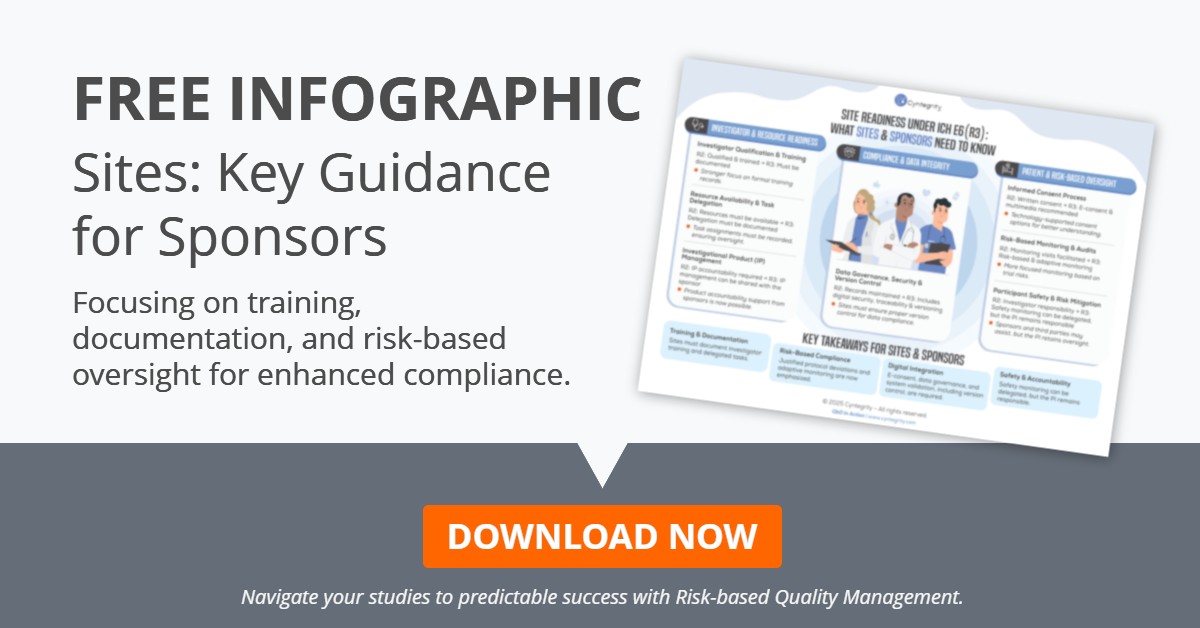How cars and beers introduced quality and speed in today’s business processes
 Motorola’s engineer Bill Smith might be automatically associated with the term “six sigma” (1987), believe it or not, it was Guinness’ biochemist William Sealy Gosset who developed the original statistical test in the early 1900s. The Guinness brewery was far ahead of its time by hiring statisticians, chemists and other scientists to improve the quality and consistency of its beer. This new approach and cultural change inspired the concept of statistical significance, industrial quality control and efficient design of experiments.
Motorola’s engineer Bill Smith might be automatically associated with the term “six sigma” (1987), believe it or not, it was Guinness’ biochemist William Sealy Gosset who developed the original statistical test in the early 1900s. The Guinness brewery was far ahead of its time by hiring statisticians, chemists and other scientists to improve the quality and consistency of its beer. This new approach and cultural change inspired the concept of statistical significance, industrial quality control and efficient design of experiments.
Six Sigma drives Quality, Lean drives Speed
Parallel to the road to consistently great tasting beer, Henry Ford managed to reduce the time it took to build an entire automobile from more than 12 hours to 2 hours and 30 minutes. It was in 1913 that Ford installed the first moving assembly line for the mass production of cars. Many years later, Toyota revisited Ford’s original thinking and looked at the need to provide choices and flexibility, which eventually led to the evolution of “lean manufacturing” principles during the late 1980s.
A Way of Thinking and Acting for an Entire Organization
The core idea of lean, i.e. maximizing customer value while minimizing waste, enriched Six Sigma’s overall framework of; Design, Measure, Analyze, Improve and Control (DMAIC). For many years now, organizations in all industries and services, including governments and healthcare, are applying “Lean Six Sigma” (LSS) principles as the way they think and act. It allows them to achieve significant improvements in efficiency and product quality.
Leveraging the Combined Toolboxes of RBM and LSS
It is not a secret that monitoring consumes 30 – 60% of an operational budget for clinical programs or clinical trials. To maintain growth and drive innovation, sponsors seek for viable solutions to reduce the resource burn, as well as create efficient and effective alternatives to increase patient safety, data integrity and regulatory compliance. By leveraging the combined toolboxes of Risk-based Monitoring (RBM) and Lean Six Sigma (LSS), sponsors can continue to reinvest in innovative products while implementing customer-centric, efficient operational processes that are lean, responsive and reproducible. The concept of both methods is focused around the key components of continuous improvement such as Root Cause Analysis (RCA), and provides CRAs and other risk-based monitoring staff with an array of analytical and management tools to conduct fewer on site monitoring visits yet monitor the site more effectively and in real-time.
One does not exclude the other. As a matter of fact, Risk-based Monitoring and Lean Six Sigma offer interchangeable tools and techniques.






